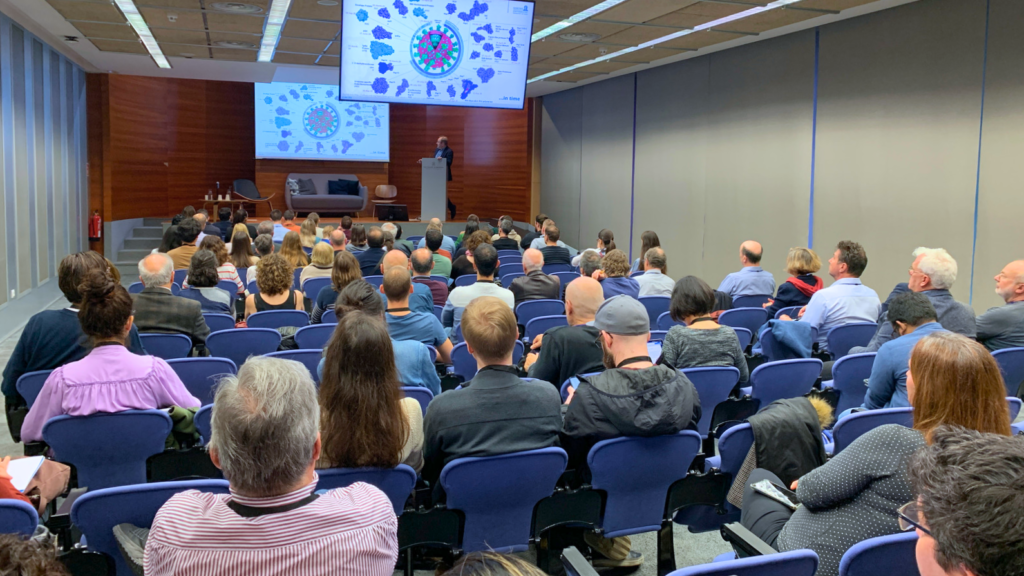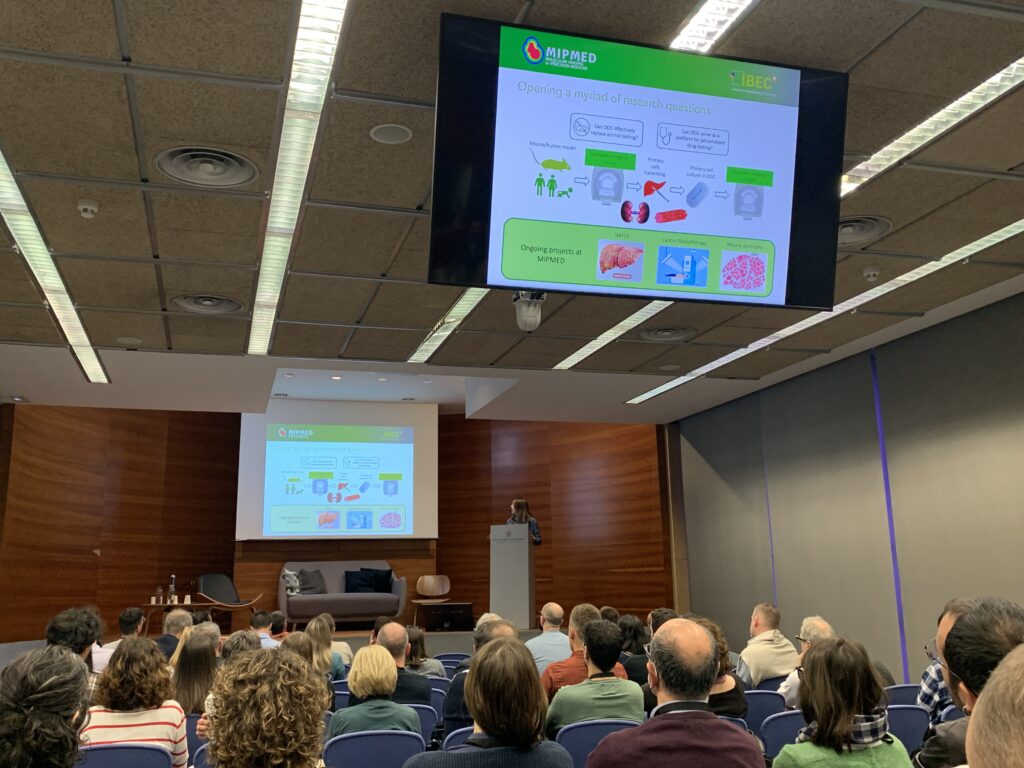The first BIR symposium, Barcelona Integrative Resonance, was held last 21-22 of March at the Barcelona Science Park, in an event that counted with the participation of Irene Marco, coordinator of BLOC Project, in the organization.

For 2 days more than a hundred experts in the field of magnetic resonance converged in Barcelona to address its application to topics such as biomedicine, quantum computing and paleontology. The BIR Symposium was co-organized by the Scientific and Technological Centres of the UB (CCiTUB) and the Institute for Bioengineering of Catalonia (IBEC), and congregated participants from institutions around the world that shared the possibilities offered by this technology in a multitude of scientific fields.

In this context, Dr. Irene Marco-Rius’s talk “Hyperpolarization-enhanced NMR and MRI methods for tissue engineering applications” presented the new 3T nuclear magnetic resonance scanner linked to hyperpolarization, located at IBEC, which will be key in studies of in vivo metabolism of animals, cells and organ-on-a-chip platforms. Thanks to this imaging technique, it will be possible to validate the functioning of in vitro organ-on-a-chip models by comparing them with measurements taken in in vivo mouse models.
The integration of the new BLOC benchtop spectrometer based on magnetic resonance spectroscopy and dynamic nuclear polarization imaging (DNP-MR) with tissue engineering systems will be applied to monitor diseases and evaluate responses to different stimuli, as for example a biomimetic model composed of liver and pancreatic cells to study metabolic diseases such as diabetes or non-alcoholic fatty liver disease.
Additionally to the MRI located at IBEC, other two magnetic resonance instruments were presented in the event: a GHz NMR and a pulsed EPR-ENDOR.